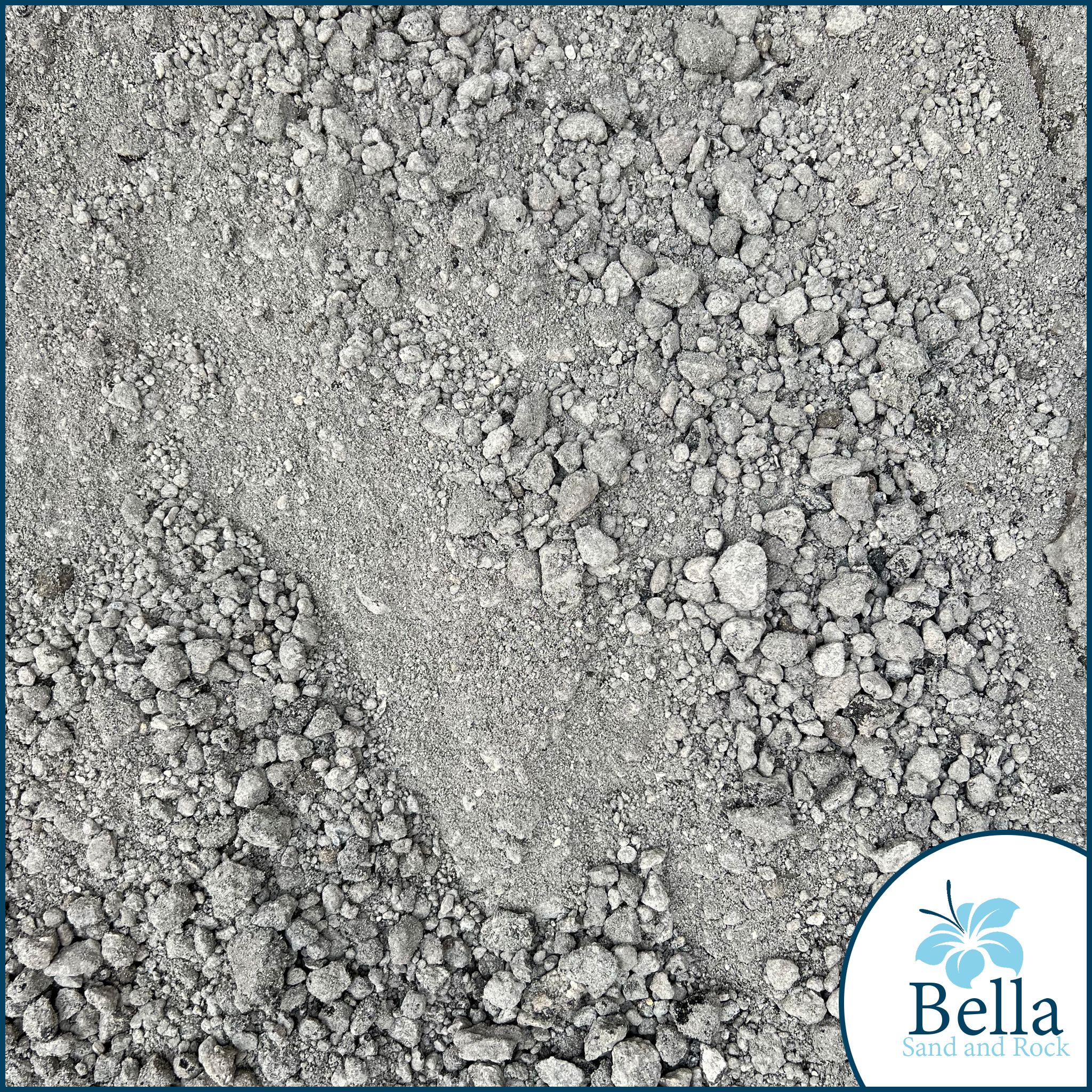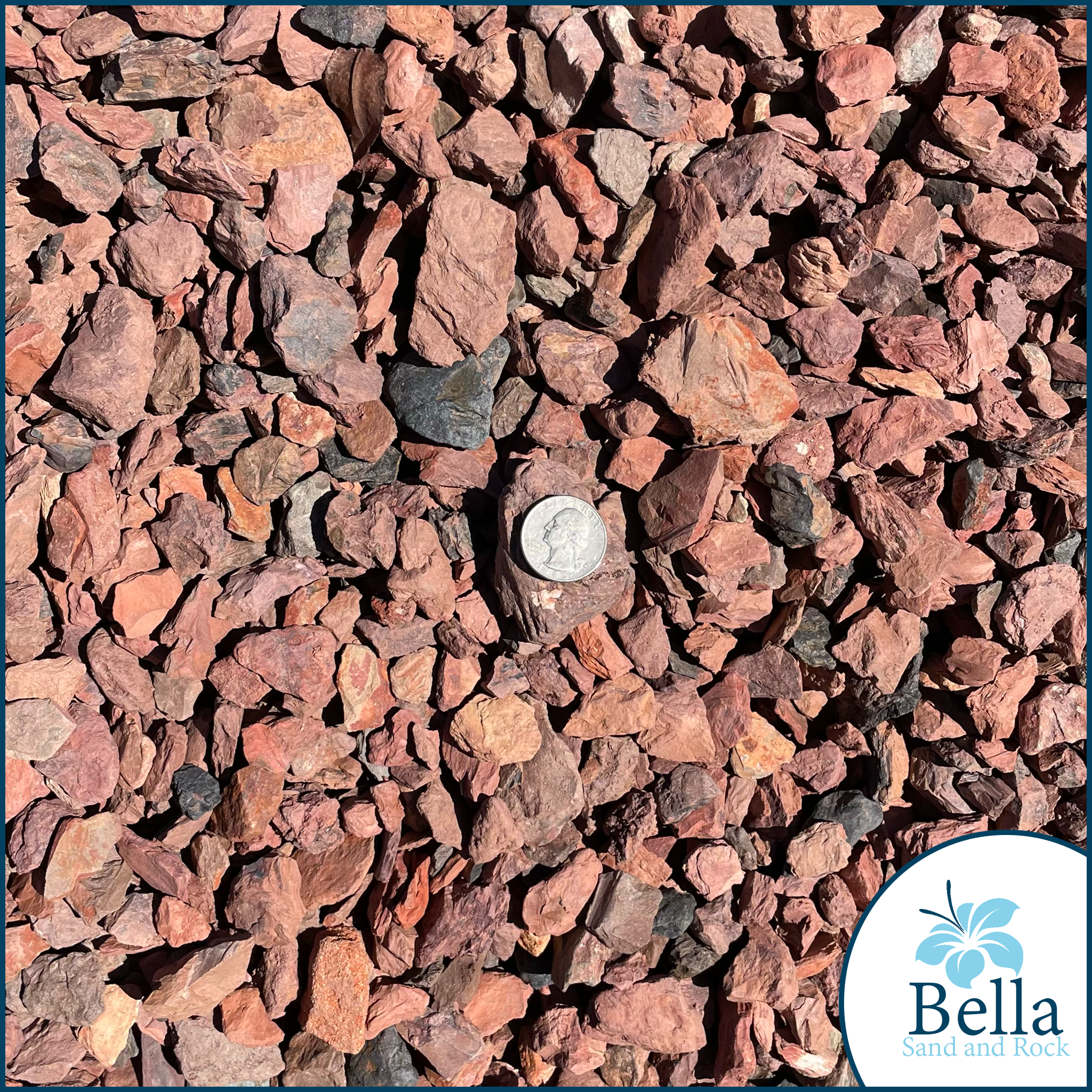In the bustling, vibrant city of New Orleans, landscaping aficionados have long contemplated a significant question: Should one use rocks or sand in their landscaping projects?
The distinction between these two natural elements is crucial, as their unique characteristics can guide homeowners, gardeners, and landscapers in making well-informed choices for their outdoor designs. Bella Sand and Rocks of New Orleans delves into this debate to highlight the unique properties and applications of each.
Origins and Formation
Starting with their origins and formation, rocks are solid substances that occur naturally and are comprised of one or multiple minerals or mineraloids. They can form through a variety of processes, such as the cooling of magma leading to igneous rocks, the accumulation of sediments resulting in sedimentary rocks, or the transformation of existing rocks under heat and pressure into metamorphic rocks.
On the other hand, sand originates from eroded rocks. Wind and water erode rocks over time, reducing them to small granules identified as sand. Inland continental and non-tropical coastal environments mostly consist of silica-based sand, also known as silicon dioxide or SiO2.
Texture and Size Distinctions
When examining texture and size, the texture of rocks can significantly vary. They can be smooth and polished or rough and jagged, and their size can range from tiny pebbles to massive boulders.
In contrast, sand has a distinctly fine-grained, gritty texture, where its individual grains can be easily felt upon touch.
Applications in Landscaping
In the realm of landscaping, rocks and sand serve various purposes. Rocks are versatile, used for building retaining walls, crafting rock gardens, decorating ponds or water features, and even serving as ground cover to stifle weed growth and retain soil moisture.
Sand, meanwhile, is essential for filling gaps between pavers or flagstones, enhancing soil drainage and aeration, establishing a zen or desert garden theme, and laying a foundation for artificial turf.
Maintenance Considerations
Maintenance-wise, rocks are an easy-going choice. Once set, they demand little upkeep and can endure harsh weather.'
Sand, however, may shift during heavy rainfalls or strong winds, necessitating periodic leveling. Additionally, without a weed barrier beneath, sand might become a home for unwelcome plants.
Environmental Impacts
Considering the environment, opting for local rocks can cut down on the environmental footprint related to transportation. These rocks can also combat soil erosion and conserve water by limiting soil evaporation.
Conversely, excessive sand extraction from riverbeds can harm the environment. Thus, ensuring responsibly sourced sand for landscaping is pivotal.
Making an Informed Decision
When deciding between rocks and sand for landscaping endeavors, one must weigh the timeless charm of rocks against the flexible beauty of sand. Both present unique aesthetic and practical advantages.
Bella Sand and Rocks of New Orleans advises evaluating the function, maintenance, aesthetic appeal, and environmental considerations of both materials before finalizing a decision. Moreover, rocks and sand can complement each other, leading to both harmonious and functional outdoor settings.
Discover More with Bella Sand and Rocks
For those eager to embark on their next landscaping journey, Bella Sand and Rocks of New Orleans offers a comprehensive product catalog to explore.
And remember, they can also be used in tandem, creating harmonious and functional outdoor spaces. To get started with your next landscaping project, explore the full product catalog at Bella Sand and Rocks of New Orleans.
































